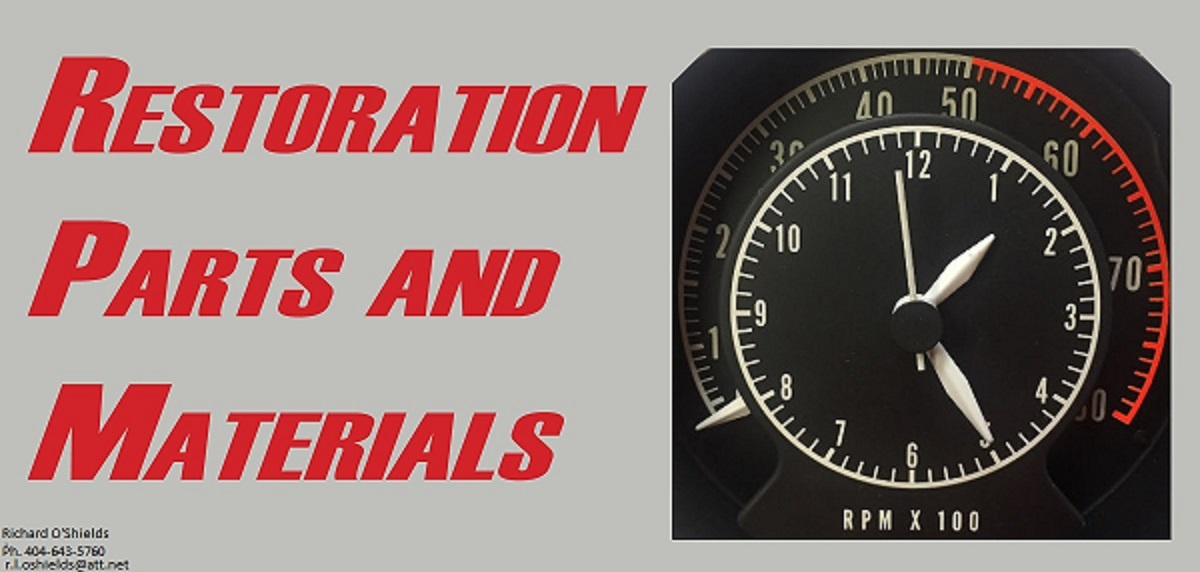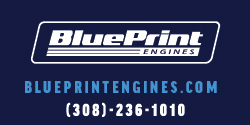Hey all, I have a leaky pinion seal on my cuda and am thinking about using the crush sleeve eliminator when I go back together.

 www.doctordiff.com
www.doctordiff.com
I don't have much experience with rearends, so I wonder if it is a complicated process to change out. Also, anything else I need to look at in the sure-grip when I take it out?
Thanks,
Kansan

Mopar 8 3/4" (8.75) 489 Case Crush Sleeve Eliminator
Mopar 8 3/4" 489 Case Crush Sleeve Eliminator
I don't have much experience with rearends, so I wonder if it is a complicated process to change out. Also, anything else I need to look at in the sure-grip when I take it out?
Thanks,
Kansan


















